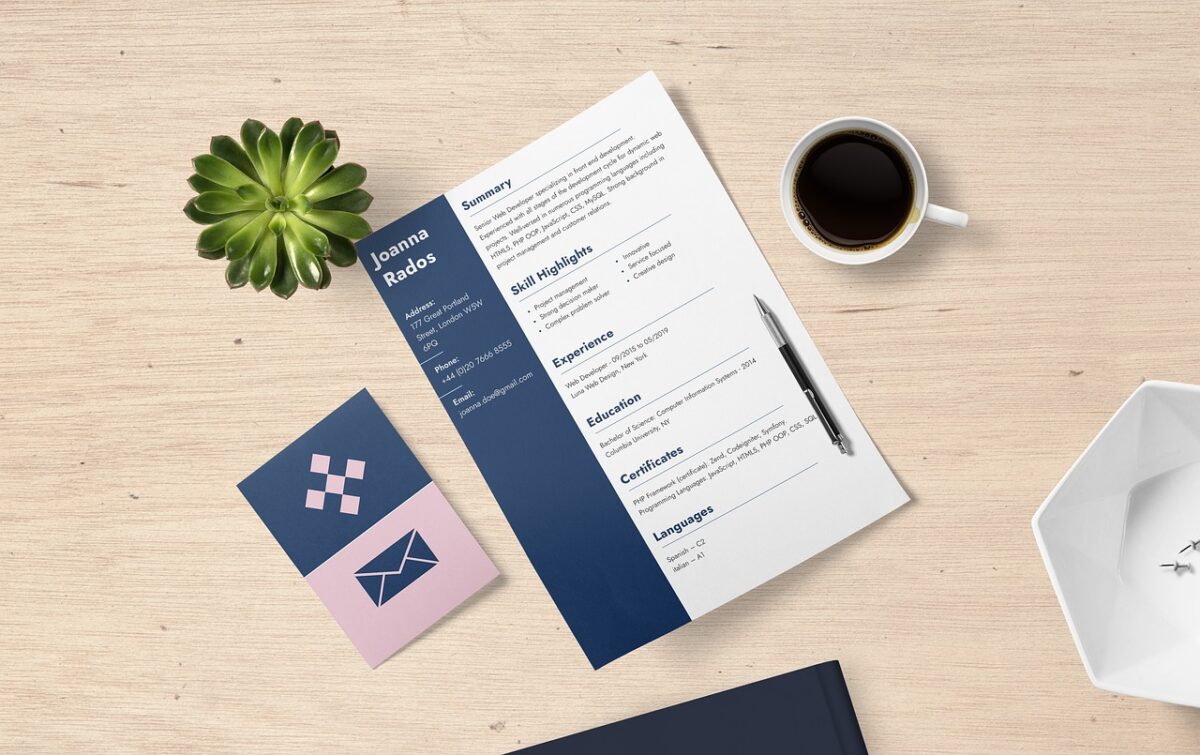Hiring Your First Employee

There comes a time for many self employed and sole trader businesses when the workload becomes overwhelming as the business idea gains success. In order to prevent the business suffering, or letting clients down, the logical step is to hire someone to help. Yes you guessed correct, it’s time to choose a job title and hire your first employee, transforming you into a true small business owner.
But where do you start and what do you need to do to ensure you follow all the legal requirements and meet your legal obligations, now that you are about to be an employer? We’ve consolidated the key steps to help you get the process right, as well as find the right person for the job.
1. Start With A Job Description
Sounds obvious, but you’d be surprised just how much detail you could overlook if you don’t take the time to set things out clearly by writing a detailed and fitting job description. Spend a bit of time thinking about what you need your employee to do, the kind of person you are looking for, what qualifications and soft skills, if any, they should have, and what previous experience should your new hire have. Don’t forget to add salary details (this must be at least the National Minimum Wage), working hours, location and any benefits of the job.
Depending on your cash flow, employee benefits to attract the best talent include private health insurance, childcare vouchers, an above average holiday entitlement, workplace pension scheme, sick pay, flexible hours, or even remote working options. As you can see, there are benefits you can offer ranging from no-cost to high-cost, so hiring your first employee is manageable, helping your business grow.
Small businesses who are hiring staff can use a job description sample to help get their job description right. We have more than 800 job description examples for job titles across all industries.
2. Advertise Your Vacancy
Get an advert out as soon as possible asking for applicants, to get the recruitment process started. You don’t need a full page spread in a national broadsheet, there are plenty of options online such as Indeed and Reed. Depending on your business, an ad in your window or a few well-placed notices in local shops may be all you need. You may even find someone from within your network of contacts and clients, so make sure you speak to people about your vacancy.
When creating your first job posting, it may help to use our job advert template.
3. Interview Candidates
Use your job description to help you sift through the CVs and job applications that land on your desk. Once you have a shortlist, create a list of questions to use when interviewing candidates to help you make your final selection of just a few. Remember to check references of potential employers and to confirm that your chosen candidate is eligible to work in the UK. If your employee is expected to work in a field that requires a DBS (disclosure and barring service) check, you must get your barring service check done too, before your potential employee starts their first day.
If you are preparing your interview process and getting ready to make a job offer to a full-time employee or part-time employee, visit our interviews hub and read Presenting A Job Offer.
4. Register With HMRC
As you are now an employer with your first employee on the way, you must register as such with HMRC. You can do this up to two months before you first start to pay your new employee, but bear in mind it takes up to five days for HRMC to register them, so if you pay weekly then make sure you register well in advance. You now also have the responsiblity for deducting income tax and making National Insurance contribution deductions and payments. In addition to National Insurance, ensure you have employers liability insurance…
5. Get Insured
You will need to carry employer’s liability insurance. This must come from an authorised insurer and be for at least £5 million or you could be fined £2,500 for every day that you are not insured. To find an authorised insurer you can check the Financial Conduct Authority register.
6. Set Up Payroll And Pension Systems
You can either handle payroll through your bank account yourself or have a third party do it for you. Many employers outsource payroll management to their accountants. An auto-enrolment pension is also a legal requirement if the employee is over 22 years of age and earning over £10,000 per year. Again, a good local accountant can help you with this.
7. Know Your Obligations
By law, employers need to maintain accurate tax records and expenses and these need to be maintained and accessible for a period of six years, so you might want to use a cloud accounting package like Xero with your accountant or, if you have lots of paper records, arrange off-site document storage.
You also need to ensure that all your employment contracts are correct, up to date and in place. The employment contract may differ depending on your business and the status of your new employee – i.e. whether they are full or part-time, freelance or an independent contractor, etc. You also need to ensure you understand and honour the rights of your employees – for example, holiday entitlements, pay, or terms of employment.
And ta-dah you’re all set to have a growing business with its first employee. And perhaps your second, third and fourth too!
For a more in-depth look at the hiring process, read A Guide On How To Hire Employees.



